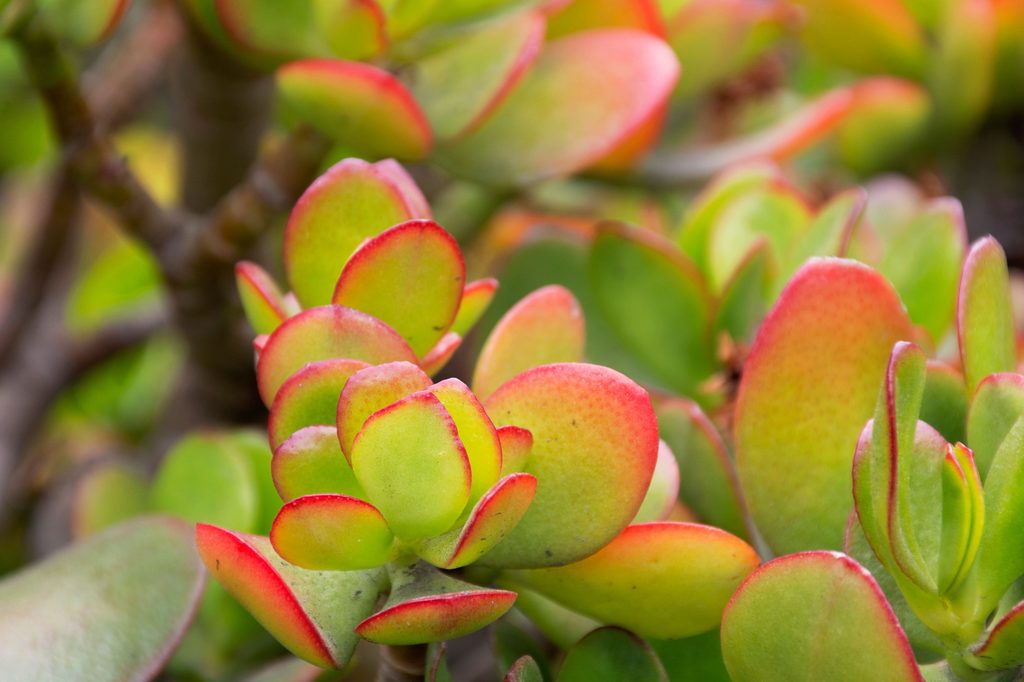With minimal care, jade plants can be one of the most long-lasting, stunning fixtures in a drought-tolerant outdoor garden. They require little care, as they can thrive without needing too much water or fertilizer — you just have to make sure to give them sufficient light and well-draining cactus soil.
The most common variety is the money plant, or Crassula ovata, but there are actually roughly 300 species of Crassula plants, including many cultivars of Crassula ovata. Whether you’re growing your jade plants indoors or outdoors, it’s helpful to get a feel of what varieties are out there to build your collection to your liking. To help you find just the right jade plant types for your home, we’ve rounded up the most striking kinds available.
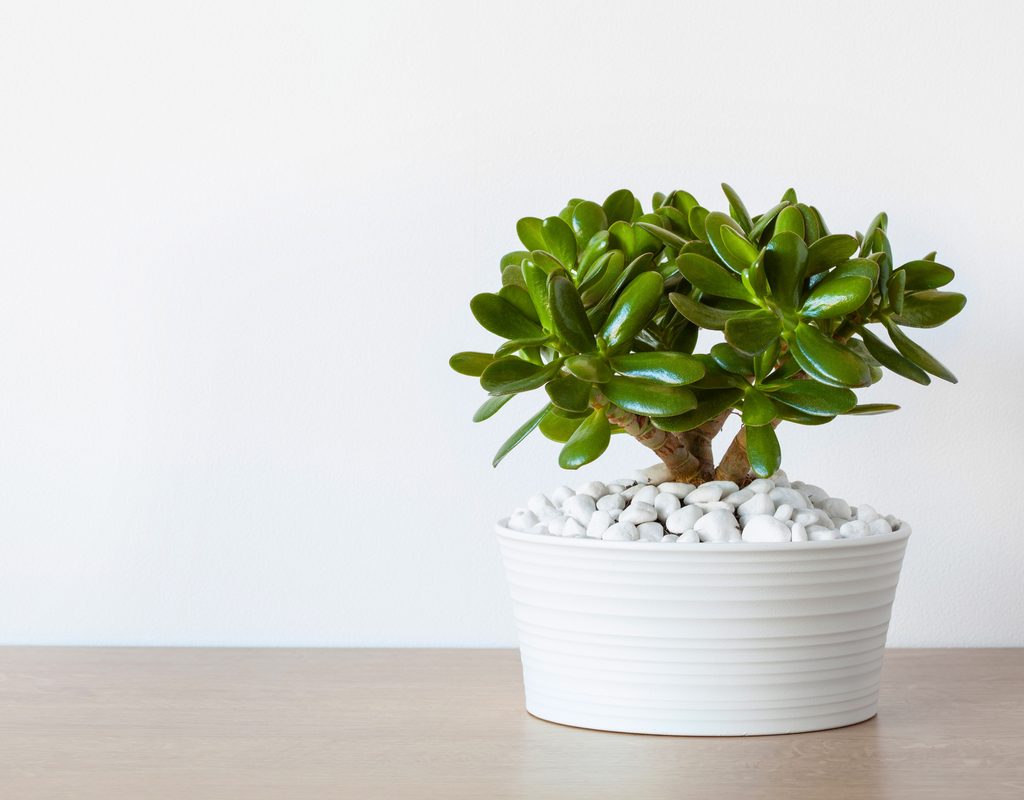
Lucky jade plant (Crassula ovata)
Native to South Africa, the lucky jade plant, or the money plant, is probably what most people are thinking of when they think of the jade plant. Simple but stunning, this ubiquitous succulent resembles a miniature bush or tree with its fleshy, egg-shaped leaves that grow from trunks and branches. The water-storing leaves are typically a jade green color, but they may sometimes feature tinged red edges. This jade plant can grow up to 6 feet tall in its natural habitat, but you can easily keep it compact by pruning it — it’s actually quite a common plant for those who enjoy cultivating bonsai.
When grown outdoors, lucky jade plants should receive some shade to avoid leaf scorch. Indoors, you may want to invest in grow lights to give them an extra boost. You should water your plant when it dries out, but it’s not necessary to feed it more than once a growing season.
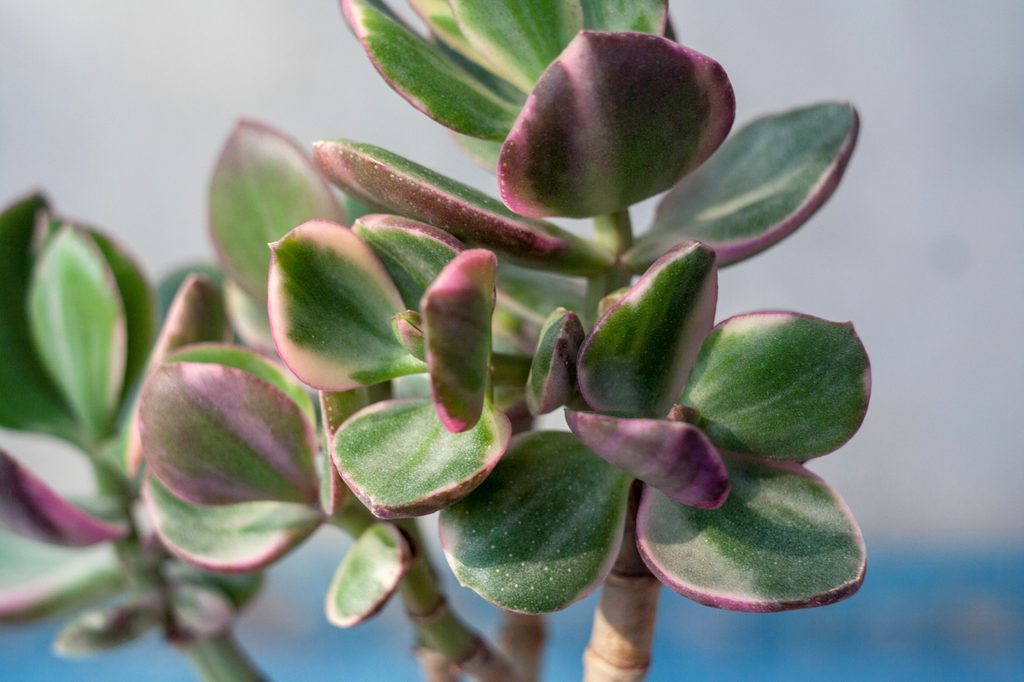
Variegated jade plant (Crassula ovata ‘Tricolor’)
The variegated jade plant is quite similar to your basic jade plant, but it features creamy white and green leaves with red edges. (And, for what it’s worth, its leaves also have a more spoon-like shape.) Bright sun is ideal for this jade plant, as it helps it maintain variegation and produce clusters of dense white blooms. As long as you give it a well-draining soil mix and don’t overwater it, the variegated jade plant is a pretty quick grower. It doesn’t need much fertilizing, but you can give it a boost with plant food around mid-spring.
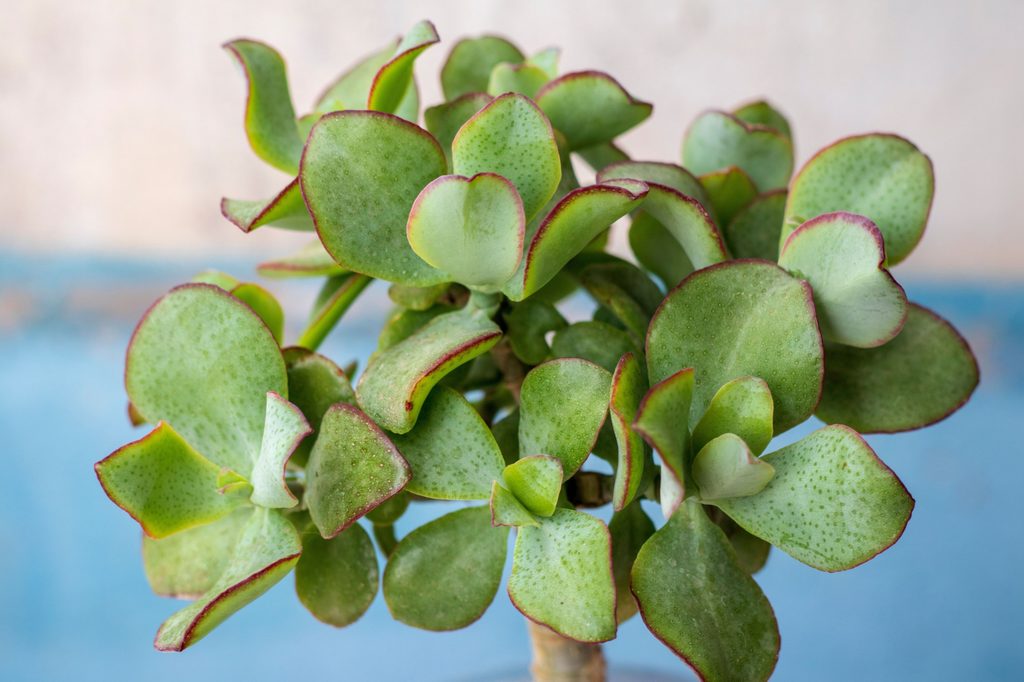
Curly jade plant (Crassula ovata ‘Undulata’)
Similar in form to the common Crassula ovata, the curly jade plant features wavy blue-green leaves with thin red edges. Around spring and summer, it may produce small white and pink flowers if you leave it outside. You want some direct light for healthy leaves, or else your growth may look leggy and uneven. Throughout the growing season, give it a once-a-month feeding with a weak liquid fertilizer solution.
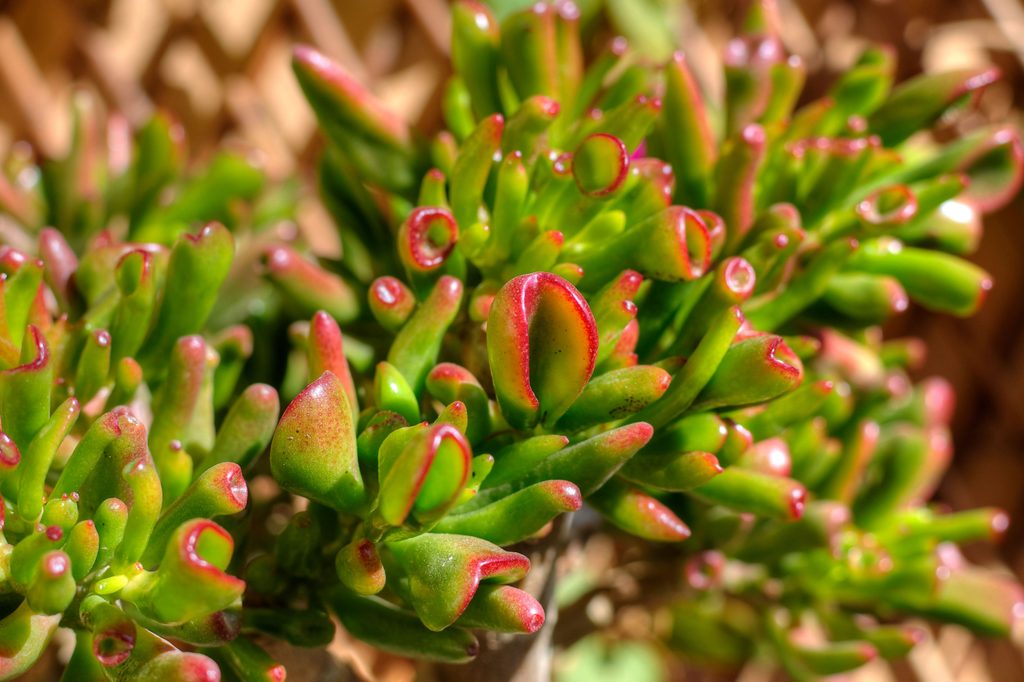
Gollum jade plant (Crassula ovata ‘Gollum’)
The Gollum jade plant is a shrubby succulent with thin, tube-like leaves with reddish tips — it may also have variegated cream leaves as well. In the hottest conditions, this jade plant appreciates afternoon shade, although it naturally prefers full sun.
It does best in gritty, well-draining soil, and you only need to water it when its soil dries out completely. The Gollum jade plant doesn’t need a lot of fertilizer. One spring feeding of a weak liquid fertilizer should be sufficient, but you can apply more fertilizer during the summer if you notice its growth lagging.
Hummel’s sunset golden jade plant (Crassula ovata ‘Hummel’s Sunset’)
What distinguishes this from a common jade plant is its striking foliage color, which, as its name implies, resembles a sunset. Its leaves can be green, but they’re usually a gold and reddish color, which deepens during the colder months (and which, for the record, is not root rot).
Full sun helps it maintain its color, although it can handle partial shade as well. As it gets older, its branches turn thicker and woodier. During the fall and winter, this jade may also yield starry white blooms. In the colder months, make sure to protect your golden jade plant from hard frosts.
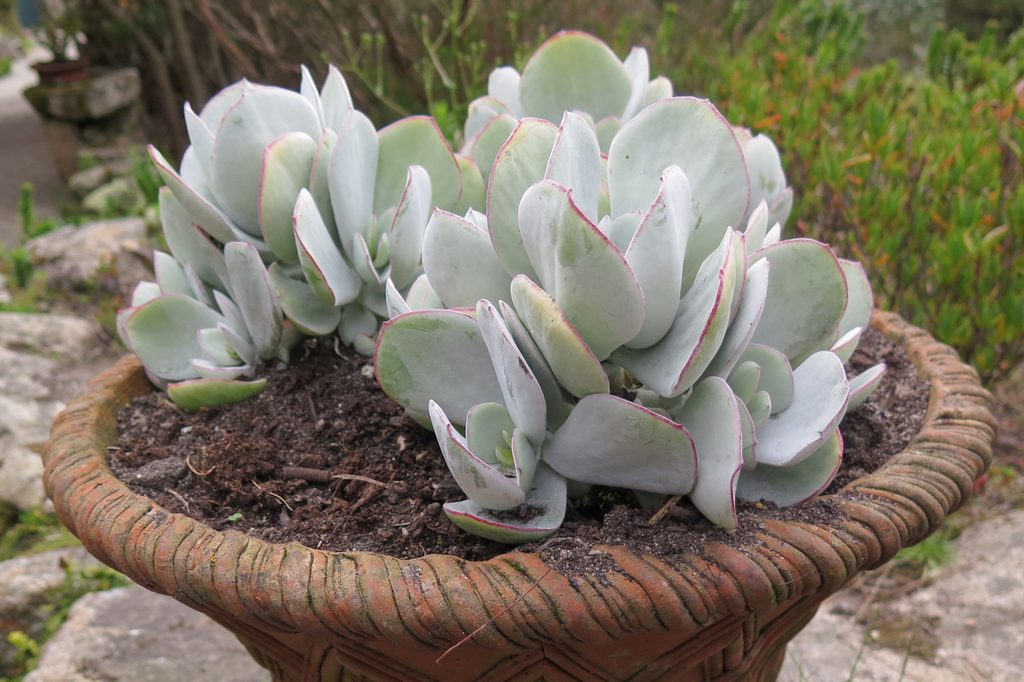
Silver dollar jade plant (Crassula arborescens)
The stunning silver dollar jade plant features circular, silvery blue leaves that sometimes have a reddish tinge on the edges. It tends to grow slower than your typical lucky jade plant, which can make it a more manageable pick. If you keep your plant outside, it may produce pink and white star-shaped flowers with enough light. Though an easy grower, the silver dollar jade plant can attract unwanted mealybugs and fungal diseases. You want to inspect your plant often and apply pest or fungal treatments as needed.
The main difference between Crassula ovata and Crassula arborescens is that the latter tends to have bigger leaves. Still, the Crassula arborescens is often considered a jade plant in the gardening community.
While you may have one idea of what a jade plant looks like, there are actually quite a few jade plant varieties out there. With these striking jade plants in mind, you can create a low-maintenance outdoor garden or round out your indoor succulent collection. A combination of bright light, warm temperatures, and gritty soil keeps jade plants happy for years down the line.
